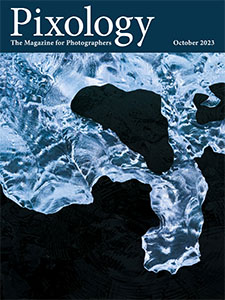Today’s Question: You showed how to use Bridge to import from your phone before importing to Lightroom Classic catalog. Can I assume you have your phone physically attached to your laptop for Bridge to include it the list of devices?
Tim’s Quick Answer: Yes, you need to have your smartphone physically connected to the computer to download photos, unless your smartphone has a removable memory card you can put into a card reader.
More Detail: I prefer to treat my smartphone as “just another camera”, meaning that when I download photos from my smartphone, I put them into my normal workflow along with all other photos. That also means that I delete the photos from my smartphone after download, just as I format my media cards after downloading the images from my other cameras.
One of the options for downloading photos from your smartphone is to use the Photo Downloader feature in Adobe Bridge, which can be found by going to the menu and choosing File > Get Photos from Camera. This will bring up the Photo Downloader dialog, where you can select the source of photos for the download and configure the settings for that download.
To use Adobe Bridge (or similar software) to download photos in this way you need to physically connect the smartphone to the computer, typically via a USB cable. An exception to this would be smartphones with a removable media card, which is available on some Android-based smartphones, for example. In that case you could simply download from the media card and then delete the photos from the media card after downloading and incorporating the photos into your normal workflow.
Regardless of the specifics of your workflow for downloading smartphone photos, I do highly recommend making sure the photos are backed up to another hard drive as part of the download process, and before actually deleting the original captures from your smartphone.
Note that I covered the process of downloading smartphone photos using Adobe Bridge to then import into Lightroom Classic in the article “Smartphone to Lightroom Classic”, which is featured in the April 2022 issue of Pixology magazine. Pixology is included in the GreyLearning Ultimate Bundle (http://timgrey.me/atg99bundle), but is also available as a standalone subscription here:


